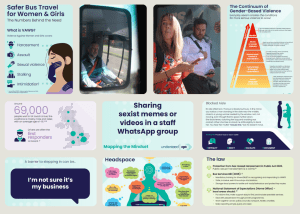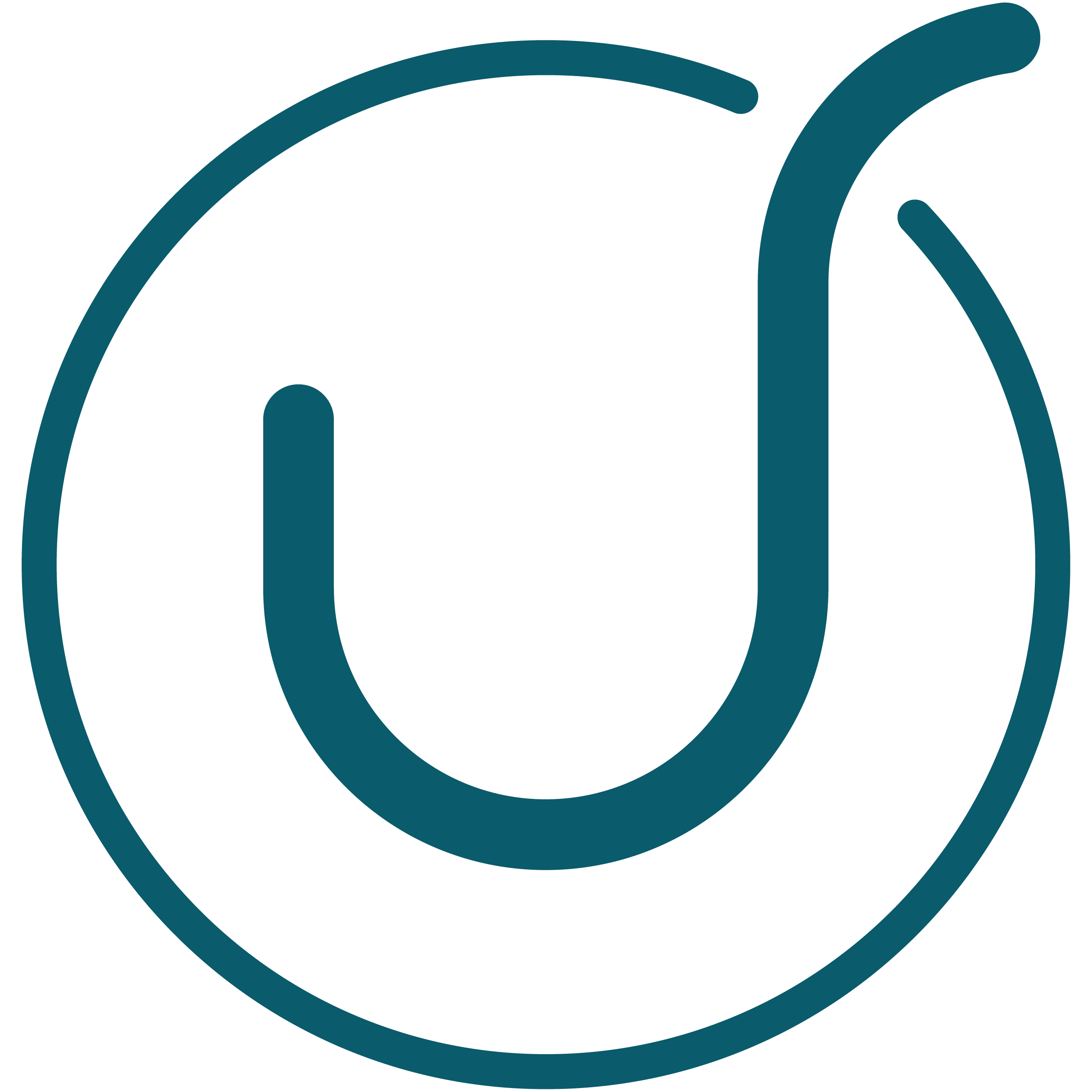
Bus travel remains one of the safest and most reliable ways to get around the UK. Every day, millions of people use buses to get to work, school, or the shops. While most journeys pass without incident, violence against women and girls (VAWG) can occur anywhere – whether that’s on the street, at home, at school, at work, or while socialising. It is a societal issue, not a transport issue, but every sector has a role to play.
The UK Government has pledged to halve incidents of VAWG within the next decade. The upcoming Bus Services (No. 2) Bill strengthens driver training on safety and anti-social behaviour. For the bus industry, this represents both a challenge and an opportunity.
The Confederation of Passenger Transport (CPT) commissioned Understood to develop a national, CPC-accredited training module. This programme equips bus and coach drivers to recognise, respond to, and report incidents of VAWG. By confronting uncomfortable truths directly, the industry is being part of the solution.
Listening before leading
We take a three-phase approach when developing our training programmes – Understand, Create, Deliver.
The first step was simple: listen carefully to understand. Real change doesn’t come from assumptions. Without listening, training risks being well-intentioned but ineffective. Effective training means making a genuine difference, and that’s only possible when we listen to understand.
We spoke with bus drivers, trade unions, operators, police, accessibility experts, equality organisations, and survivors. We reviewed research, government reports, academic papers, media coverage, and existing campaigns. Every conversation and piece of evidence added depth to our understanding.
Drivers want to help passengers and do the right thing, but they sometimes feel unsure how to act in challenging situations. Survivors shared experiences ranging from uncomfortable moments to incidents that escalated. Across all voices, one message was clear: the bus industry has clear areas where positive changes could be made.
These insights shaped our training, informing realistic scenarios and practical tools that give drivers confidence and clarity. The focus is on recognising warning signs and responding safely, without putting themselves or passengers at risk.
Turning insight into action
With a clear understanding of the challenges, we had completed the first phase of Understood’s three-phase approach: Understand, create, deliver.
🔍 Understand
Insight had been gathered from across the sector which had identified key themes: driver confidence, recognising potential incidents, supporting passengers, and effective reporting
🧩Create
Using these insights, we developed modular, scenario-based CPC content. The programme combines filmed scenarios, interactive exercises, and practical strategies. Drivers see how awareness, words, and actions can make a difference. Safety remains the priority, and everyone learns how to respond without putting themselves or passengers at risk
💡Deliver
The training is rolling out nationally through a train-the-trainer model. Operators’ in-house CPC trainers deliver sessions throughout the year, embedding lasting cultural change

Every element reflects the voices we listened to and the real experiences shared with us. What really makes me proud is that by creating actionable change, we are making a difference. When safety culture, leadership, and communication work together, public spaces become safer and more respectful.
What’s next?
The training module has been piloted and will soon be rolled out to UK bus operators. Sessions will be delivered as part of drivers’ mandatory CPC training, with videos and interactive discussions bringing scenarios to life.
At Understood, we get that training alone isn’t enough. It works best when paired with a wider system of support. When people and organisations across communities share responsibility, safer public spaces become a reality.
By listening carefully, learning from real experiences, and translating insight into practical tools, the bus industry is taking a stand against VAWG. It is making every journey safer – ensuring respect, empathy, and inclusion are central to public transport.
Thanks to everyone who collaborated with us on this vital work.
Let’s talk about how your teams can communicate with more clarity, presence, and purpose. Make sure you explore our website, read our blog, and follow us on LinkedIn to learn more and discover ways to grow a more successful business.


